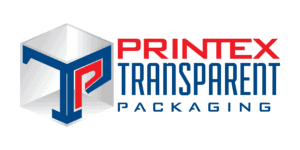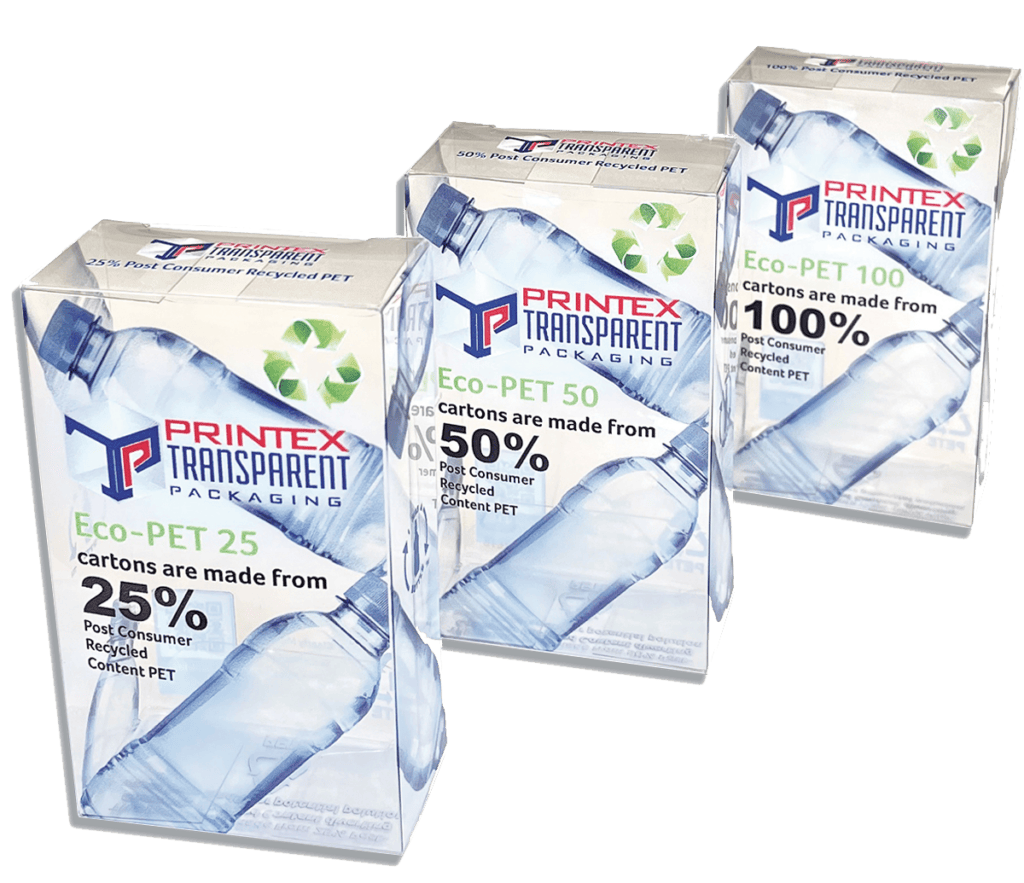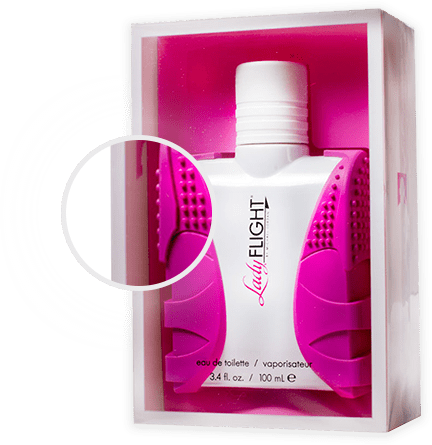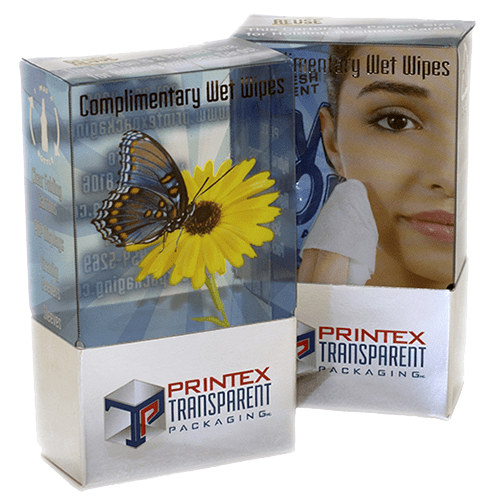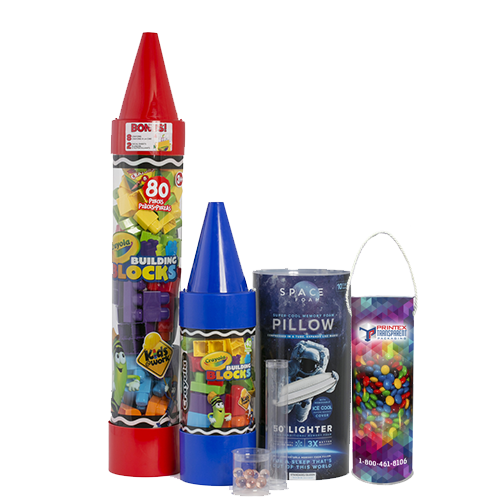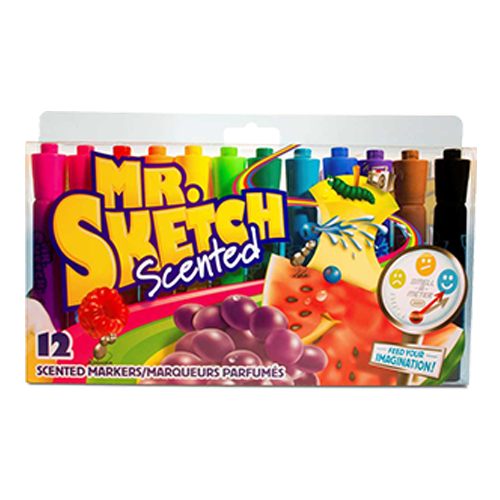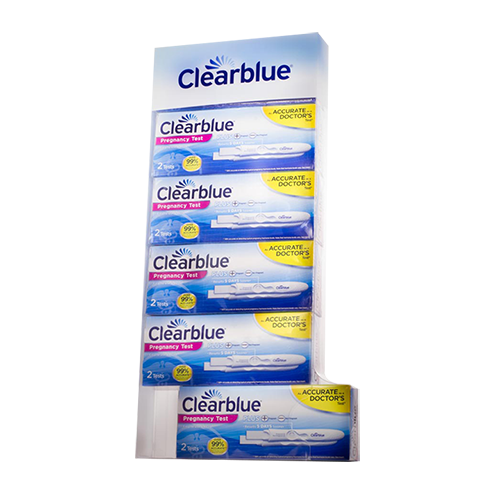Eco-Friendly Product Packaging Ideas
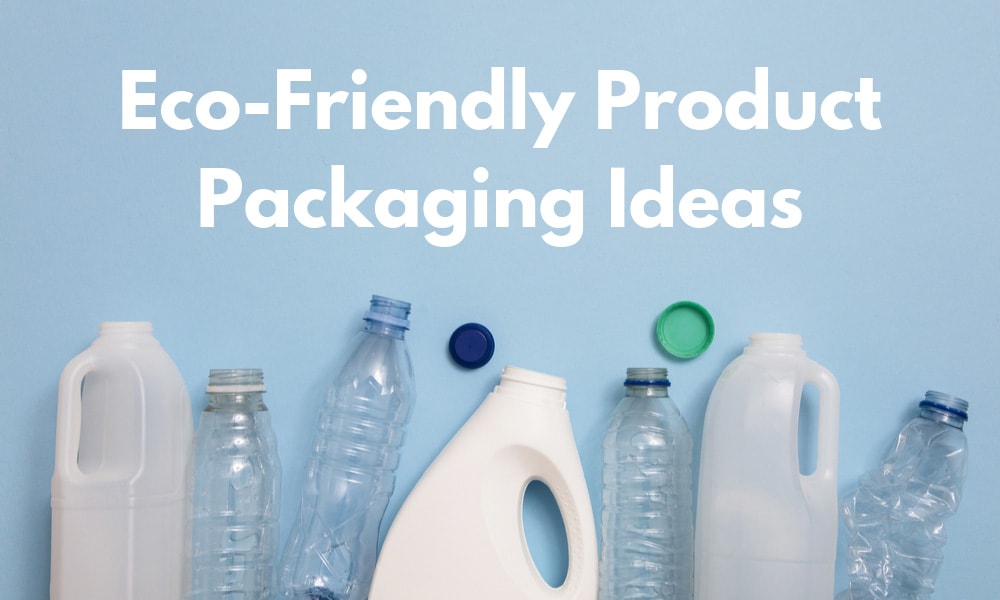
As consumers grow more and more eco-conscious, many of them are now on the lookout for eco-friendly products and product packaging. Luckily, going green and reducing your company’s carbon footprint can be quite easy, especially with these eco-friendly product packaging ideas.
Utilize recycled materials
Creating eco-friendly product packaging begins with choosing sustainable, recyclable, or biodegradable materials. Doing so won’t just help reduce the product’s carbon footprint—it may also boost sales for your product. With the growing importance of environmentalism, many consumers are now on the lookout for sustainable products made with recycled materials. Using this type of material is better for the environment and gives the consumer sustainable options.
Plastic packaging often gets a bad rap for not being eco-friendly, but many plastic packaging materials are recyclable or made from recycled materials. For instance, you can recycle PET packaging, which in turn can be made from recycled plastic bottles, compostable PLA (polylactic acid, a corn-based product created from natural, renewable resources), and partly from recycled PET plastic (rPET). Using recyclable materials such as PET plastic in your product’s packaging significantly cuts down on the amount of waste thrown into landfills each year.
Many plastic packaging products are also recyclable in and of themselves. You can easily recycle PET plastic as well as most other clear plastic packaging. These materials can be ground down and converted into materials that can then be used to manufacture and produce other plastic boxes. For more information on the eco-friendly packaging materials and practices used at Printex Transparent Packaging, check out our page on sustainable packaging as well as our glossary of terms page.
Embrace the minimalist mind-set
One of the easiest eco-friendly product packaging ideas is to simply reduce the size and amount of packaging you use. Reducing the size of the packaging will, in turn, reduce the cost of packaging overall and the amount of waste that ends up in a landfill. When you reduce the size of the packaging, also try to reduce the amount of empty space within the box. Excess space in packaging is often filled with small, soft materials designed to cushion the product. These materials, such as Bubble Wrap and Styrofoam packing peanuts, are often not recyclable or biodegradable, and they can harm the environment. Rather than packing a small product in a large box and padding it with filler materials, consider designing a custom-made package for the product. Custom-designed product packaging can protect the product and ensure you’re using the least amount of packaging necessary. A custom box designed for a perfect fit is also structurally much stronger. When you’re designing your product’s packaging, always remember: “less is more.”

